Ultra is a vast and wide series that has been going on for over 50 years now. For over 50 years beings larger than life would rise to the occasion and fight off the forces of evil alongside mankind. The Ultra series is defined by how tightly tied together it is with its’ themes, iconography, and ideas. Fans can easily follow the series and gather information about them or at the very least gauge their merits from a glance because of this. In Ultra it is hard to find an “underrated classic” or a show that generally flew under the radar. However, somehow as early as 13 years into the Ultra fandom a whole entire series seemed to fall out of attention and never really seemed to have gained the fame of its fellow Showa era series. This show is known as 1979’s The ☆ Ultraman.
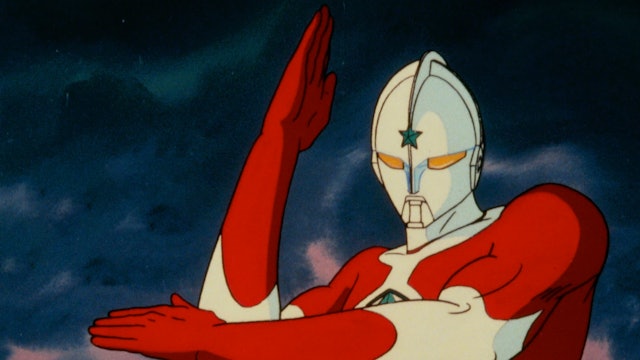
So what is The ☆ Ultraman? The ☆ Ultraman is an animated co-production between Sunrise and Tsuburaya Productions. Now in 2019 the idea of Tsuburaya toying around with animation is something that doesn’t come off as too surprising. Between SSSS Gridman, ULTRAMAN, Kaiju Girls, and some animated shorts here and there, I believe many Tsupro fans don’t realize how strange of an occurrence this act was. In the 1970s Ultra and Tsuburaya were firmly entrapped in live-action productions. Tsuburaya was Tokusatsu and I mean this in the most literal sense. So why in 1979, did Tsupro go up to (at the time) Nippon Sunrise and asked for their services? Well, let’s once again take a brief dive into the history of Ultra with 1979’s The ☆ Ultraman, otherwise known as Ultraman Jonias.

Now, time for a familiar phrase that always makes it into these articles in some way, shape, or form. In the late 1970s, Tsuburaya Productions wasn’t doing so hot. So why weren’t they doing so hot? Was it because of Ultraman Leo underperformed? Well, yes to a degree. While Ultraman Leo did have issues between facing PTA groups/concerned parents, low ratings, and lower toy sales in comparison to their previous show Ultraman Taro. The thing that really caused Tsuburaya problems was the 1970s oil crisis. The oil crisis put the world into a state of panic and recession. Many production studios were affected by the recession and loss of natural resources. One of these studios that were affected by this was, Tsuburaya. Special effect shows depended on a lot of money and resources, two things that seemed to dry up, right in front of Tsuburaya’s eyes. Ultra shows especially needed a lot of money, gas, and even oil to get the job done back in the day. Losing these critical components spelled disaster.

We would see how the loss of these resources directly affects Ultra in the aforementioned Ultraman Leo. The show which was being aired and produced during the crisis and faced the recession head-on. The show had to be trimmed down by a lot of aspects real quick. The cast, crew, and special effects were rapidly shrunk during the final 12 episodes of Ultraman Leo so they would be capable of finishing the show without ending up in debt. This shrinkage would lead to another shift in tone for the show, but that’s a matter of a Leo discussion. Rounding back to how this recession and crisis continued to affect Tsupro; Tsupro no longer had the access funds and resources to create shows on a scale needed for Ultra, and would not until this recession and crisis was at a complete stop. Tsuburaya wasn’t dead in the water yet though.
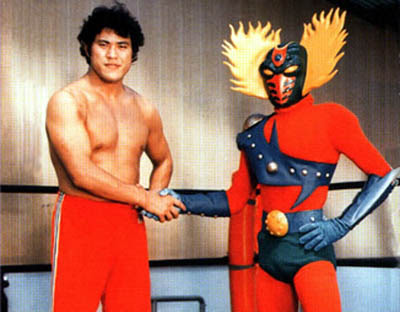
Post Ultraman Leo, Tsuburaya would go through a series of co-productions and smaller budget/scale superhero shows to keep them from going into debt. Though, during this time period, something that continued to perform extremely well was merchandise and reruns of entries in the Ultra series. At the time the man heading Tsuburaya Productions was Noboru Tsuburaya, he’s famed for his fierce determination to keep Ultra alive no matter what. He most certainly didn’t like keeping Ultra in a box on a shelf even though it still was leaking with promise. He would rock as many boats as need be to keep Tsuburaya Productions and Ultra from going under. While making shows like Azteckaiser or Born Free or whatever productions came out during this time period know that Tsuburaya, both the man and the company wanted Ultra on air, knowing it could still do well.
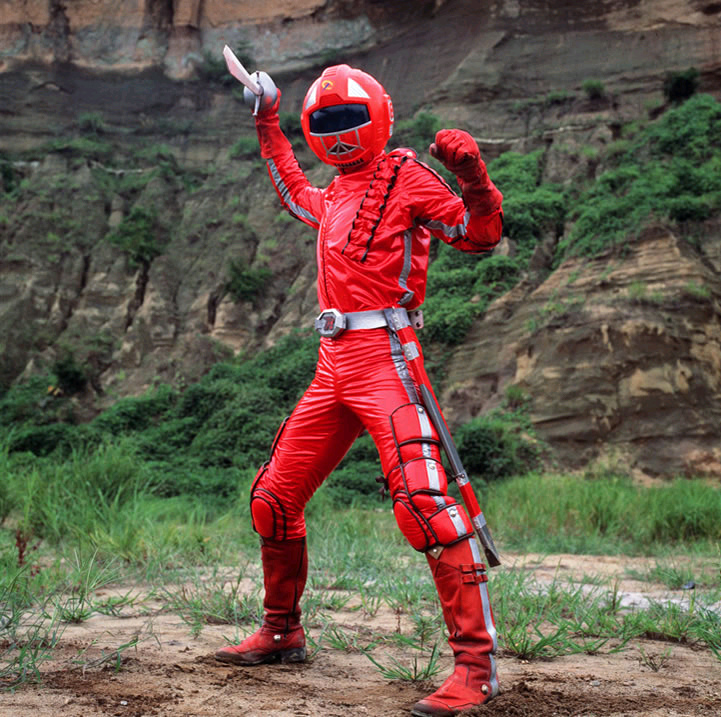
So when we reach 1979, Tsuburaya after a series of non-Ultra productions and Ultra merchandising campaigns, they had finally amounted enough cash to try another large scale production. However, another energy crisis was looming overhead and to make another live-action production, Tsuburaya would have to put a large amount of the profit it amassed during these last four years out there. If the show was to be met with failure, then these last four years would be in vain and Tsuburaya would have to rough it through an increasingly harsh economic state without a headliner show once again. So the heads of Tsupro had a bold idea, to venture into the waters of animation to gain popularity and even more profit before returning to live-action.
The cost of creating live-action special effects productions was only continuing to rise and Tsuburaya was only keeping their head bobbing above the water, it would be risky to make another live-action production. Especially one that could end up being too costly for Tsupro. So Tsuburaya upon witnessing the rise of animation and realizing how cheap and easy it was to produce an anime, decided on creating a show in that format. Tsupro’s original plan was to buy the technology for animation themselves and then hire their own animators, but upon realizing how long and possibly costly this process would be they decided to pull a few strings and work with Nippon Sunrise to create the show. Sunrise and Tsuburaya were already close allies at the time due to working alongside each other on Dinosaur Expedition Born Free.
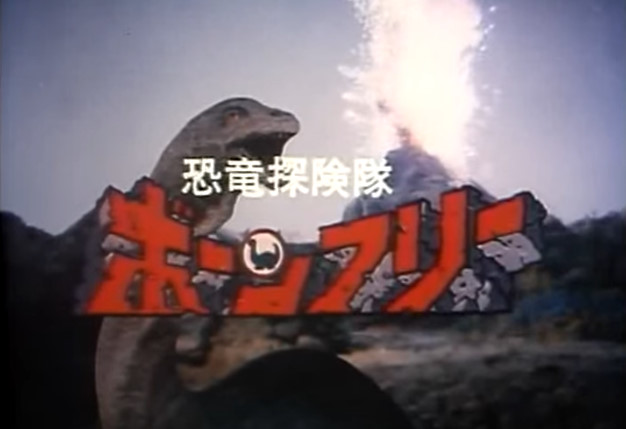
This was a very promising deal. Especially for the still starting up Sunrise; Tsuburaya, even though Ultra was off the air and tokusatsu’s popularity was starting to decrease, was still a very upstanding and reputable production company with a largely positive public image. And the fact that they were working on an installment of the Ultra series greatly boosted their chance for popularity and success, thus spreading out Sunrise’s brand and profits. 1979 was looking out to be a big year for Sunrise between The ☆ Ultraman and Mobile Suit Gundam.
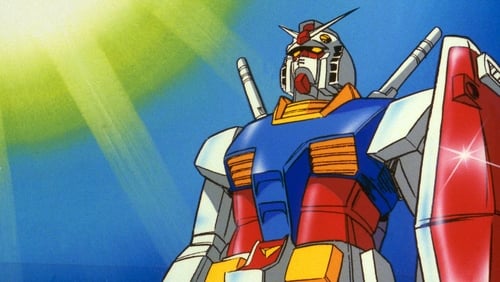
The plan for The ☆ Ultraman was to create a show that would merge Ultra with the two most popular trends at the time, episodic Super Robot style content and the dramatic storytelling of space operas such as Uchuu Senkan Yamato and Star Wars. Tropes and concepts found in those types were quickly merged with the themes, iconography, and ideas of an Ultra series of the time. We can directly see aspects of these trends in characters such as Marume who was a “Boss alike” (Boss as in the character from Mazinger Z) and the signature battleship of the series, the Ultria, the writing even felt similar to works of those trends without ever truly losing it’s Ultra nature. The show was also allowed to work inside an original universe disconnected from the M78 giving the production crew even more freedom.

The greatest strength of Jonias is the freedom it had. No limits such as being contained to a previously established universe were being put on them and then there was the general freedom of being an animated show over a live-action one. In a way, it is similar to the later 90s shows in Ultra such Tiga, Dyna, Gaia, and so on in terms of where they could go. Though, those shows, as we all can plainly see, weren’t animated. Regardless, The ☆ Ultraman had a new headspace to operate in. The men manning the writing of the show were a mix of Sunrise veterans and fresh new recruits from Tsupro. The writers of Sunrise were well tied to the trends of Super Robot and Space Operas and could bring the feel of those works to the show while the Tsupro writers made sure to keep the Ultra aspect feel alive and well throughout the series. We weren’t just getting Daitarn 3 or Combattler V or Captain Harlock dressed as an Ultra show, but rather an Ultra show that tapped into the essence of those works and made it their own.

The ☆ Ultraman would hit the air and continuously perform well throughout its run averaging ratings around 11%, Jonias was a rather popular show met with a strong reception. The production crew enjoyed working on it, kaiju designers from Tsuburaya that worked on the show even commented on how fun it was to design creatures for the show due to how they were able to break the normal restraints of the suits. The fresh writing staff would go to places not yet seen in Ultra, such as the homeworld for their unique species of Ultra and explore a deeper host-Ultra relationship as well as the stars. The show would also feature the second Ultrawoman in the sage Amia. The public flocked to Ultraman and it gained a wide audience due to its animated nature, fresh takes, and of course, Ultra spirit.

Though, due to this being a 1970s Ultra production, of course, the show did not run without a production hiccup. Jonias’s hiccup was the main director leaving the show during the mid-season out of nowhere and leaving the show without the main director for four weeks. By week five they were able to find a new main director and the show was able to get back on track without further problems. In fact, the team would only broaden as in the second half. Due to Mobile Suit Gundam being cut short, the team from Gundam got transferred over to The ☆ Ultraman. Even Yoshiyuki Tomino was a storyboarder for the finale episodes.
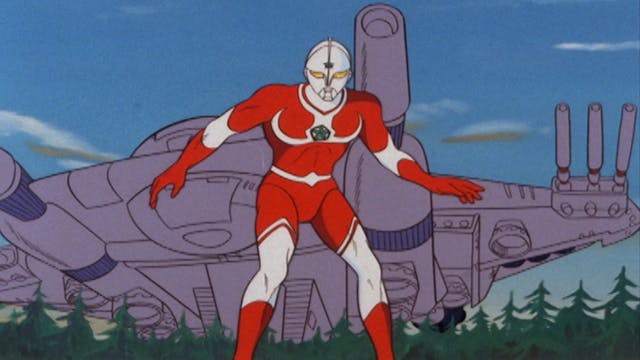
Jonias ended up being the most popular show for Tsuburaya and Sunrise in the year 1979. The show performed beyond both parties expectations and gave them a great boost in profits and reputation. Tsuburaya which was starting to look weak at the time seemed stronger than ever, their contract with TBS got extended because of it and now they could finally return to live-action with what they planned to be their most technologically advanced shows yet, Ultraman 80. While Sunrise got to enjoy a great boost in reputation and had a strong financial year. This success would follow them into the next year as the studio continued to grow. While Mobile Suit Gundam did not perform as they had expected, the work still showed promise. But that is beside the point for us.
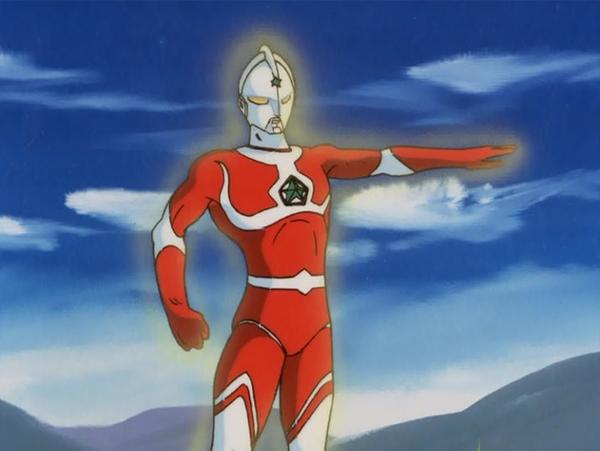
So The ☆ Ultraman was a popular entry, without severe production issues that couldn’t be solved, and allowed Ultraman 80 to be created. So why did it fall under people’s radar for so long? Well, once again we look back to the failure of Ultraman 80. Ultraman lost its TV foothold and the series fell out of relevance. That went for Jonias too. There is also the important fact that Jonias was a co-production which made it harder to reair and make merchandise out of. In fact, Jonias would not get its first home video release until 1996.
In the meantime, Jonias would have a few attempts to get stateside between The Adventures of Ultraman in 1981 which was a redubbed and rescripted version of Jonias done by Jeff Segel, which did not get far. In 1983, Ultraman II: The Further Adventures of Ultraman would be released in America, it shares no continuity to the previous dub and once again did not get far. Sometime in the early 80s, a dub of episode 14 of Jonias would be done for “Japan Tonight”, a televised show. This dub was not intended to go far but did introduce new audiences to Jonias and Ultra at large. The last time Jonias bobbed its head again would be sometime in the early 90s where a pilot dub of the original anime done by the Ocean Group; however that has long become lost media.
Jonias’s fall out of relevancy happened due to the ever troubling rights issues tied to Tsuburaya co-productions. Releases and reairs have to be approved by both Tsuburaya and Sunrise, if both sides aren’t in agreement then all matters are stalled. As the years went by Jonias simply disappeared, only popping its head up here and there through the aforementioned 1996 VHS release, the later 2008 DVD release, and finally stage show and clip show appearances by Jonias.
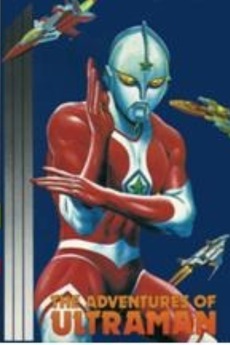
It is sad when a series gets left to the way by circumstance. Though, Jonias now has a chance to regain its past popularity at long last. Between Tsuburaya allowing the show to be streamed on sites, it has become more accessible than ever. A new wave of Jonias fans could be popping up as I type. Jonias is even being tributed in 2019’s Ultraman Taiga through Ultraman Titas, an Ultra from Jonias’s homeworld the U40. Jonias marks many things for Tsuburaya; the first animated Ultra series, the first Ultra series with an ending theme, the first Ultra series where humans set foot on an Ultra’s homeworld, the first Ultra series with a deeper host-Ultra relationship. Jonias was one of their best performing shows of the 70s and hopefully, it will perform well for Tsupro again nowadays.
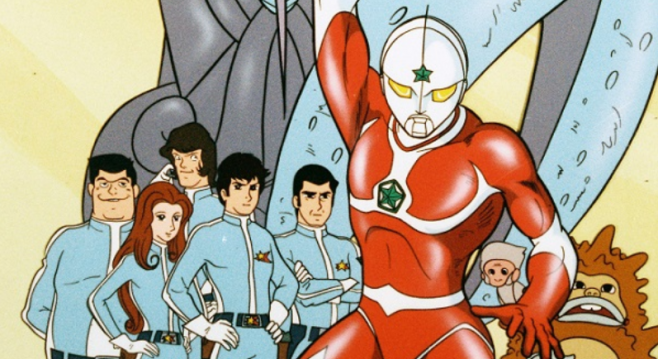
If there is one thing that I always stress throughout every single one of these articles is that Tsupro doesn’t leave a creation behind. All Ultras play into the grand scheme of Ultra, it doesn’t matter where or when they came from. Ultras will stand shoulder to shoulder as Tsuburaya brings them into the future to continue to be cherished for generations to come. And Jonias most certainly is one of those shows.
Sources
- https://en.wikipedia.org/wiki/The_Ultraman
- https://www.imdb.com/title/tt1304991/
- https://lostmediawiki.com/The_Ultraman_(lost_English_pilot_dub_of_anime_series;_early_1990s)
- https://www.revolvy.com/page/The-Ultraman
- https://www.denofgeek.com/us/tv/ultraman/256859/the-complete-history-of-ultraman-part-1-1966-1987
- https://ja.wikipedia.org/wiki/%E3%82%B6%E2%98%86%E3%82%A6%E3%83%AB%E3%83%88%E3%83%A9%E3%83%9E%E3%83%B3
- https://dic.pixiv.net/a/%E3%82%B6%E2%98%86%E3%82%A6%E3%83%AB%E3%83%88%E3%83%A9%E3%83%9E%E3%83%B3
- https://dic.nicovideo.jp/a/%E3%82%B6%E2%98%86%E3%82%A6%E3%83%AB%E3%83%88%E3%83%A9%E3%83%9E%E3%83%B3
- https://www49.atwiki.jp/aniwotawiki/pages/5111.html
- https://en.tsuburaya-prod.co.jp/news/1162
Thank you so much for all these details. I grew up watching The Adventures of Ultraman (1981) and Ultraman II over and over. Definitely my favorite show as a kid. Not even finding it on IMDB was really jarring.
LikeLike